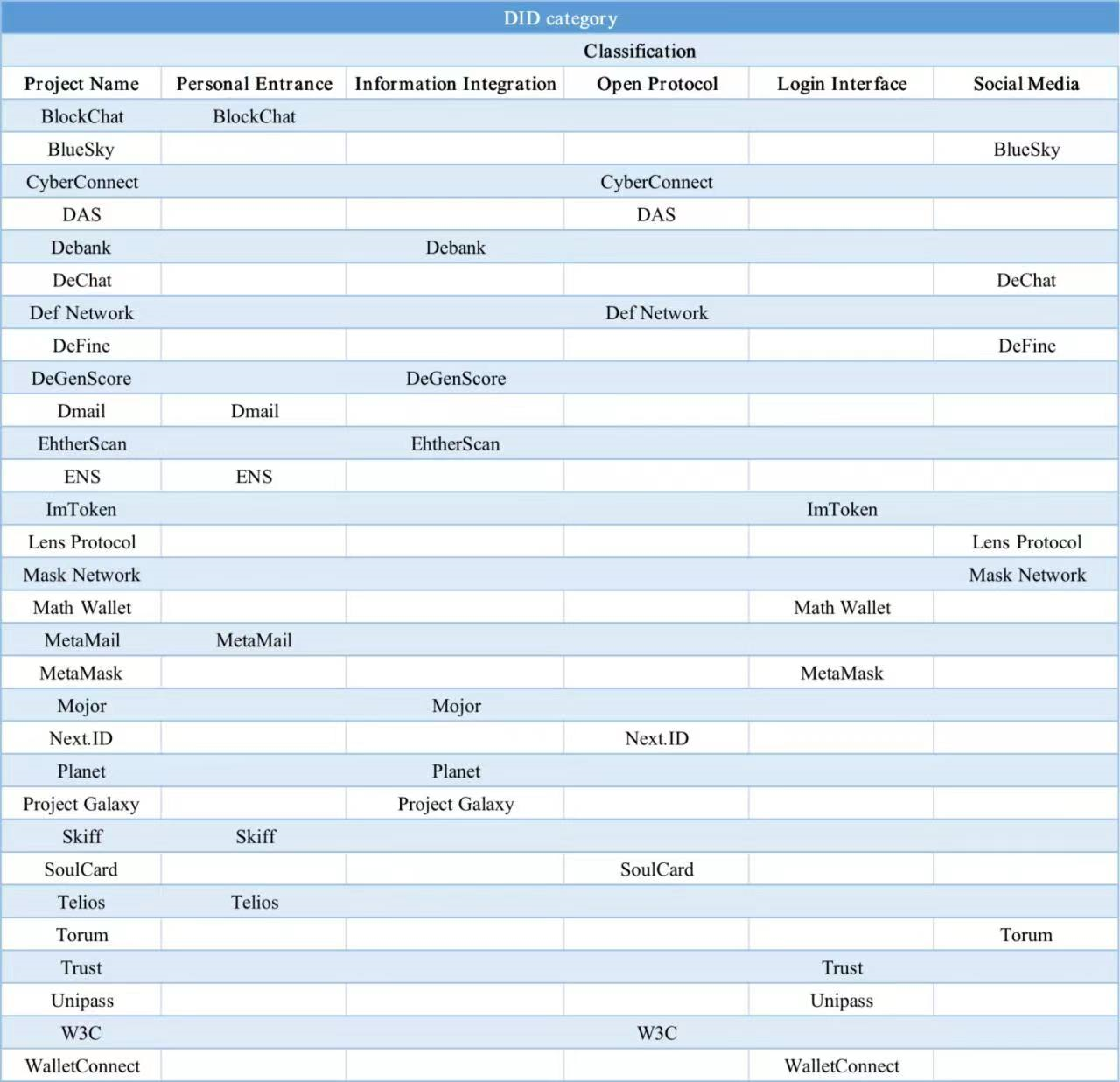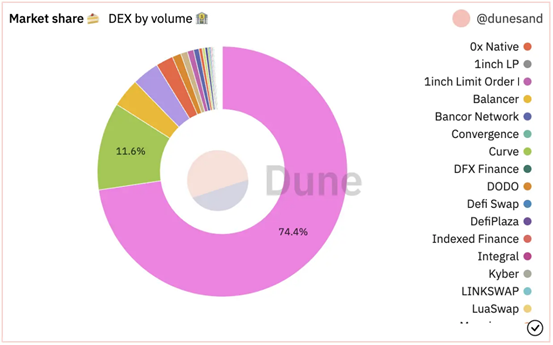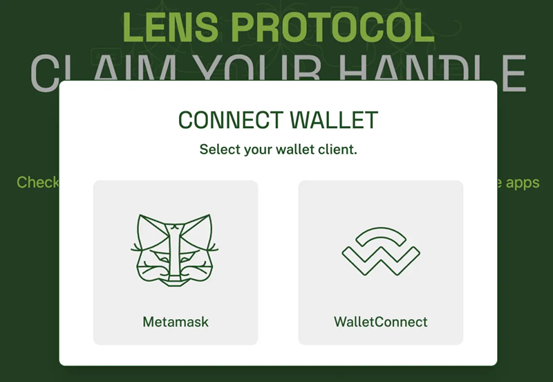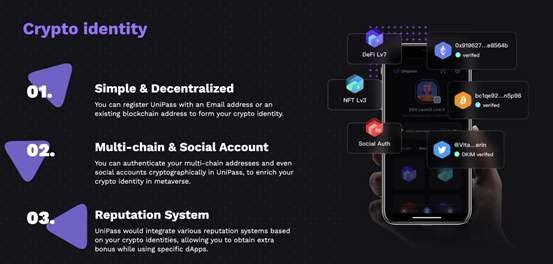Author:
Spike
Editor:
Jerry Crypto
DID: Decentralized
Identity❎
DID: Dissociative
Identity Disorder✔️
When we Googled DID, the first explanation is Dissociative Identity Disorder (DID)
which is a medical term rather than the crypto concept(Decentralized Identity)
we knew already. Compared to DeFi, GameFi, NFT, and DAO, DID is a highly
neglected area that has not received enough attention from investment
institutions and technology developers.
In
the context of the Decentralised Society (DeSoc) with a richer and more diverse
ecosystem, so we believe that DID is a key component of building DeSoc, but
also a crucial portal to Web 3. Previously, we had pinned our hopes on the NFT’s
unique characteristics to complete the identification in Web 3. In reality,
however, some NFT artists and creators are bothered by plagiarism and fraud. For
example, Rarible auctioned off the unlicensed artwork of Derek Laufman, the
designer of Marvel's Super Hero Adventures. By its nature, it is arguably not
Web 3 at all.
Due to DID being the hub of all digital, it is imperative to create a shared, flexible and resilient identity layer. As DIDs are adopted by more users and Dapps, all digital processing permissions are to be in the hands, of the one who is not confined to a single application system, multiple accounts and password records. Only based on DID Web3 empowerment like DeFi, GameFi, NFT and DAO, as well as other promising scenarios, it will blossom into a more exciting narrative.
The
full research report is divided into three chapters:
Chapter one: The Road to Decentralization
All
links are DIDs. It is an infrastructure that allows users to control their own
identity and asset, which has become a must for users of Web3.
The Web 3.0 decentralized world can be seen as a black box that required us to interact. In the process, we completed a brief review of the Internet history, where terms such as browser, WWW, HTML were used to build the main web content from the 1990s to the early 2000s, and where cell phones, especially smartphones such as the iPhone, which contributed to the entire mobile Internet.

So, it's time to explore how DID products will enter the Web 3.0 world. In terms of current DID development, many projects are still figuring it out and the DID-based ecology is in its initial stages. ThePrimedia's analysis is not limited to projects that call themselves DIDs but is an extension of the concept of DIDs, which can be used as interactive portals. We hope we can give you more thinking and inspiration.
1. Front-end interface:
MetaMask as an example
The
reason why wallets are categorized as DIDs is that the wallet has already
completed steps such as address verification, signature authorization, and even
KYC interacting with the Dapp.
Although
the wallet itself does not store your sensitive information, the process of
undertaking the above operations is sufficient to constitute the full
functionality of DID. It is required us to switch from DeFi to Web 3.0, which
is perfectly technically feasible.

Metamask Volume
Source: Dune
Do
we have to do this?
In
fact, the biggest problem with wallets is censorship, for two main reasons:
Firstly,
the
wallet is still primarily interacting with DeFi applications, which are under
increasing regulatory pressure with each passing day, and a regulated portal
may allow us to avoid the next UST-Luna crash, but this is not the dominant
direction for Web 3.0;
Secondly,
during
the Russia-Ukraine conflict, Metamask blocked IP addresses from Russia and
Belarus, and if we embraced DID and Web 3.0 because of sicking of Facebook
infringing on our factors, it lacks logical justification for us to choose an
identical again.
Let's
continue to discussion if the regulated-resistant wallet is possible to
integrate DID functionality?

Metamask, the default tool for
logging into Web 3.0 applications
Firstly,
wallet providers have an inherent incentive to move to DIDs. This is because
the battle for traffic continues, typified by Metamask Swap, which has reached
1,246,780 unique addresses, and even Metamask's direct support for fiat
currency purchases, which in effect is already stealing from DEX and CEX. If
Web 3.0 continues to grow, it makes no sense for wallet apps not to involve.
Secondly,
wallets, as the "wrapper" layer for on-chain addresses, have a
natural tendency to expand to become the portal for everything. From the
experience in Web 2.0, the expansion of the platform economy can be successful
due to being inseparable from the richness and integration, and the on-chain
address does not belong to the wallet.
Finally,
the biggest problem with the DID is that the functionality and boundaries are
unclear, and still in early exploration. And DID still be integrated through
the wallet, or will there be a new DID product form?
2. Social Media, the extensions
of Web 2 thinking:
Humans
are creatures with historical thinking. If one mind existed in the past, it is
likely to live on in the present and future as well. In other words, the
thinking in this way does not seem new at all, but it is widespread in real
life, such as the TCP/IP protocol, which was the first Internet infrastructure,
but it is difficult to replace it directly as we enter the Web 3.0.
Based
on this situation, we look to social media as the DID for Web 3.0 guided by
this thinking.
Therefore,
two paths can be divided:
(1) Web 3.0 native social
media, as represented by Lens Protocol
Lens Protocol enjoys high prestige among
the public, even attracting attention at birth without a physical product. This
Web 3.0 social application was developed by the AAVE team in February 2022,
which is closer to the concept of Business Layer. It is hoped that other social
APPS can be built on Lens Protocol, such as the one launched by LensFrens,
which can be seen as a decentralized “Twitter” where users can follow users
similar to themselves.

LensFrens Interface
Social
networking can have a snowball effect if the number of users increases, it
would be natural for it to become a mainstream DID tool instantly. The problem
is that Social apps have loyalty, for example, Elon Musk has announced his quit
from Twitter many times, but come back every time and even a thought of acquiring
Twitter instead of Lens Protocol.
In
essence, the promotion of DID and Web 3.0 social tools is a philosophical
question of whether the chicken or the egg comes first, and users will not
choose to abandon Twitter just because you are Web 3.0. From this point of
view, Lens Protocol's exploration is a pioneer.
(2)
Plug-in social media aggregators that "combine" Web 2.0 and Web 3.0,
as represented by Mask network
Mask
Network is not a new force, we are mainly absorbing its idea that if directly
promoting Web 3.0 native applications, then directly integrating existing
social applications and promoting Web 3.0 on top of them could be a reality.
This
is a very clever idea, each person "steals" a little bit of
networking and content from Twitter, Facebook, and Instagram, and eventually
the little bit adds up and draws people into the new Web 3.0 world, and the
Mask Network becomes the DID.
But
aggregation is inherently problematic, as the users and different social tools
are not the same, and aggregation adds ineffective links without actually
generating real users willing to contribute content to the new platform.
In
contrast, native DID apps have a better success chance, not necessarily a
particular DID application, but certainly native.
3. Unipass: passport to crypto and metaverse
ThePrimedia
with the most DID login passport in the second section is intentional, it wants
to move away from talking about DIDs, from listing applications and the slogan
"preaching", and instead focus on the functionality. The idea is that
DID is more dependent on Web 3.0 consistently, starting with the wallet, moving
on to the more DID of the social tools themselves, and then on to the passport itself.
This
section focuses on Unipass as an example, as it is currently a more mature
product form and is more representative.

Source: Unipass
In
short, Unipass can be seen as a decentralised version of Microsoft's
Authenticator, the product that best fits the definition of a DID and builds
its product firmly from a personal identification and login function.
So,
Unipass can be viewed from two perspectives:
Firstly,
we want to take a question, do individuals need a separate and distinct DID
tool from their on-chain address? The on-chain address is actually problematic
as an identifier, it may be different for different chains. Typically set
Bitcoin and Ethereum as an example, many users are already fed up with accounts
and passwords. As we move into Web3 ecosystem, there will inevitably be a need
for an identity hub that holds all the digital accounts. From this perspective,
it makes sense to have a separate DID as the entry point.
Secondly,
is it possible that DID replaced the wallet as the default login tool? The
growth of wallets, and Metamask in particular, as the default login tool is the
result of fierce market competition, which started from the real and widespread
need for everyone to hold their assets securely off the exchange.
But
login tools cannot collect crypto assets. There will be
a difference between users using a single tool and multi Web 3.0 applications,
and the only way to solve this problem is for the login tools to be
interoperable or to support some kind of unified, standard interaction
protocol. At the moment, we can only say that there is still a long way to go
in terms of marketing and developing user habits.
If
the product is too simple, it will be too replaceable and difficult to create a
real deposit of users; however, if it is too heavy and does additions to the
login, such as adding support for assets and social content, then it will
directly conflict with the interests of these applications. This is an open
topic, and we look forward to seeing more clever developers giving effective
practice and exploration.
4. Others: domain names,
email addresses
To
conclude this section, a brief discussion of the possibility of developing a
personal identity based on ENS and email into a DID.
(1
) What is the main function of ENS?
Or,
a domain name for a personal Web 3.0 site, NO
Or,
Twitter suffix, YES
This
is of course a joke, the main reason being that setting up a website is
actually a technical task, even with all the SaaS tools available in the cloud,
it is still time consuming, and after deployment, there is ongoing maintenance,
including ongoing payment for the ENS domain itself, just as if you struggled
to bought a luxury car, only to find that the maintenance costs are still
unaffordable.
The
technical barrier prevents most people from using the product comfortably, and
if it is to be used as a DID, it is more suitable for institutional users to
interact with individuals.
(2) What about email?
Email
has no problem with the login function, but they are only suitable as a
peer-to-peer communication tool. It is a different usage scenarios in itselves,
and sending mass emails and then getting reply messages is not suitable for
everyday communication, but more for formal actions and marketing tools.
Having
talked about so many possible portals, understand why a DID is necessarily
needed - or is it necessarily correct to assume that a DID is a portal?
Currently, we use social software such as WeChat and e-commerce platforms such
as Taobao, which, along with the ecology they form, have brought us into the
true Web 2.0 era by virtue of their level of convenience.
But
these are the present, not the future, and Web 3.0 is the application scenario
for DIDs. To clarify the importance of DIDs, it is necessary to consider the
role of DIDs as a portal, as well as the current state of the ecosystem and its
future trends.



